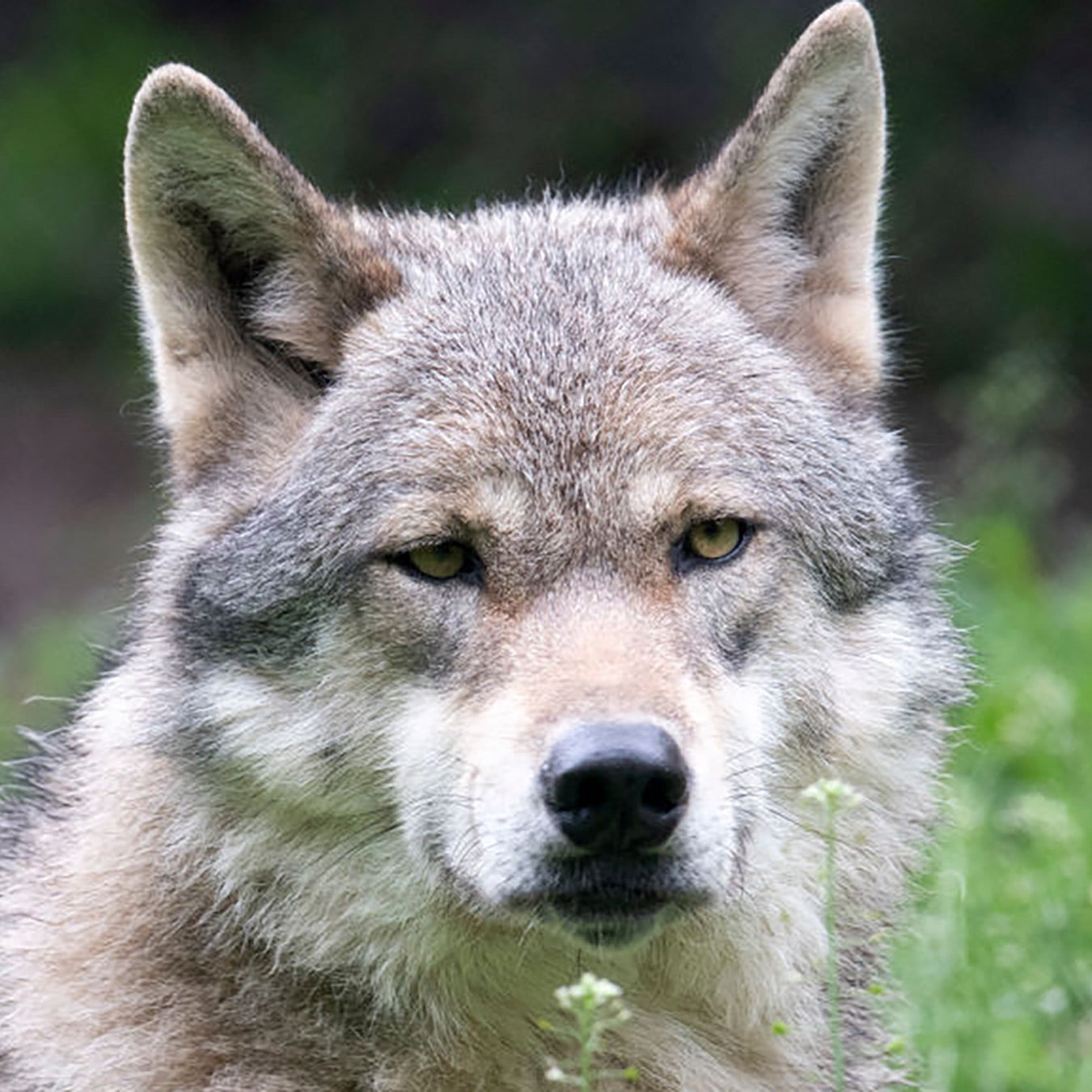Ancient mythologists chose the name “La Lupa” for the wolf that, , mothered infants Romulus and Remus before they founded Rome. Rudyard Kipling called his fictional wolves “Raksha” and “Rama” in The Jungle Book. Song of Ice and Fire author George R. R. Martin titled his “Ghost,” “Grey Wind,” and “Nymeria.”
Now, Colorado middle schoolers get their chance to name the ten or so real-life wolves that are set to be released into the state’s western slope next month. But don’t worry, there’s a plan to prevent the animals from being called “” or “Baron von Butthead” or some other ridiculous name.
In case you missed it, officials with Colorado Parks and Wildlife are rushing this month to complete the final stages of the state’s three-year . In 2020, voters narrowly approved the controversial Proposition 114—which tasked the state to gray wolves to backcountry areas west of the Continental Divide—and the plan gave the agency a deadline of December 31, 2023 to actually get a wolf into the wild. Wolves were hunted to extinction in Colorado in the early twentieth century, but animals have been found in the state in the last decade.
Since the 2020 vote, the agency has commissioned scientific studies, held local hearings, and solicited thousands of public comments—all important steps in the pre-management process. Last month, the agency even published a titled “Living With Wolves” to help backcountry users educate themselves about recreating alongside the apex predators.
Now, the first collection of wolves are set to be trapped in Oregon and shipped to Colorado later this month. The impending arrival leaves a pressing question: what will Coloradans call the wolves? A statewide wolf rescue center called the recently decided to take on the task. The group has devised an online naming contest that is open to kids between fifth and eighth grade. Anyone in that grade range can email wolfcontestco@gmail.com and request to participate.
I know what you’re thinking: have we learned nothing from the many Internet naming elections gone awry? Well-meaning online votes like this have produced a British polar research ship named “,” a whale called “,” a , and, very nearly, the Fort Wayne, Indiana “.” I don’t know about you, but I was hardly a model of maturity when I was 13. I think my wolf names of choice would have been “Metallica McMegadeth,” “BoJackson Jordan,” or “Beavis Redhotchilipeppers.”
The Wolf and Wildlife Center is wisely not allowing kids to write-in names for the vote. Instead, the nonprofit has selected a long list of 14 names for kids to choose from, and the names are particularly safe: Aspen, Luna, Maverick, Kekoa, Chinhook, Shadow, River, Star, Freedom, Amorak, Ghost, Sky, Spirit, and Raven. The name with the most votes will go to the first reintroduced wolf, and the name with the second-most votes will go to the second wolf, and so on.
Kelly Murphy, an animal care supervisor with the Wolf and Wildlife Center, told me that the innovative method was born out of time constraints and not fears over kids suggesting silly or offensive titles.
“Our original plan was to mimic previous efforts for naming endangered wolves which would ask students to write up a couple paragraphs about why they chose their suggested name and then mail them to a panel of volunteers who would manually sort through thousands of letters,” Murphy wrote in an email. “This method would require written permission from each student’s guardian to collect data from every participant. We also reached out to a few middle school educators who were concerned they would not be able to fit this project into their curriculum before the end of the year.”
Giving the kids suggestions simply speeds along the process, Murphy said.
I asked Murphy about the origins of the 14 names on the long list, and she they come from a variety of places, including from deceased wolves that had lived at sanctuaries. “They are powerful, easy to remember, and represent elements of the wild landscape that wolves will be returning to,” she wrote.
Alas, “Growly McFuzzface” simply didn’t match that criteria.


